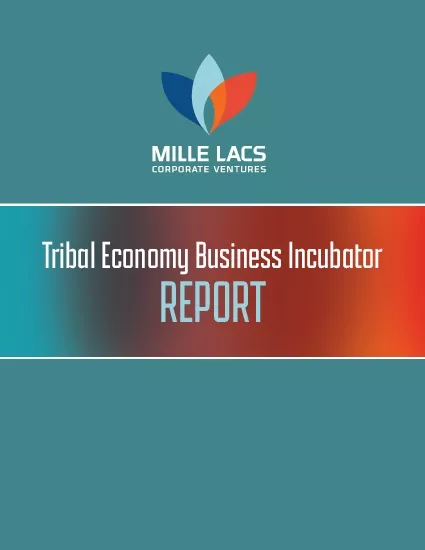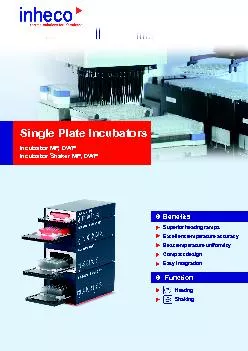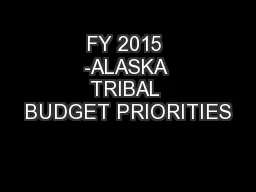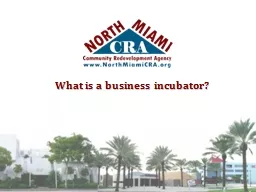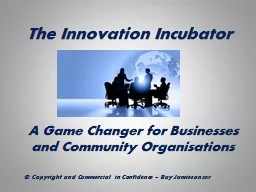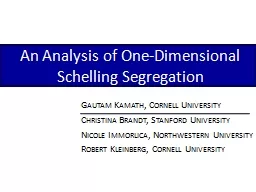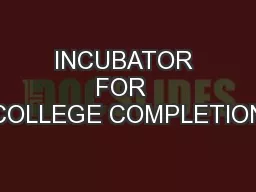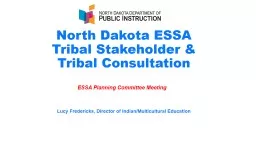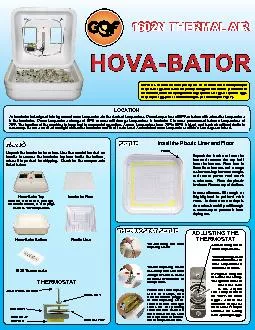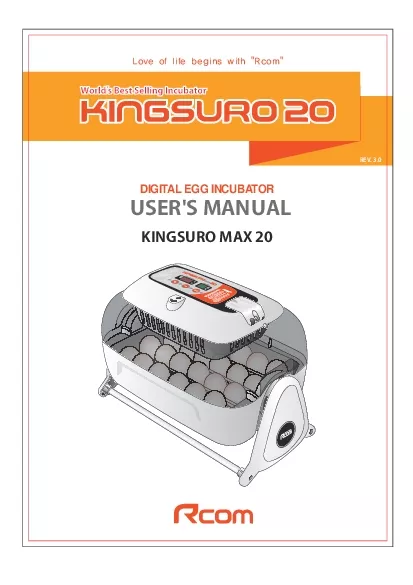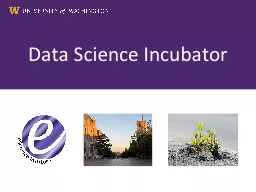PDF-Tribal Economy Business Incubator
Author : nicole | Published Date : 2021-08-06
REPORT24EXECUTIVE SUMMARY 556PARTNERSHIP DEVELOPMENT 6 DEVELOPMENT OF AFFORDABLE COMMERCIAL SPACES 8OPERATIONAL SUPPORT 9LETTERS OF SUPPORT 9ECONOMIC RESEARCH10
Presentation Embed Code
Download Presentation
Download Presentation The PPT/PDF document "Tribal Economy Business Incubator" is the property of its rightful owner. Permission is granted to download and print the materials on this website for personal, non-commercial use only, and to display it on your personal computer provided you do not modify the materials and that you retain all copyright notices contained in the materials. By downloading content from our website, you accept the terms of this agreement.
Tribal Economy Business Incubator: Transcript
Download Rules Of Document
"Tribal Economy Business Incubator"The content belongs to its owner. You may download and print it for personal use, without modification, and keep all copyright notices. By downloading, you agree to these terms.
Related Documents

